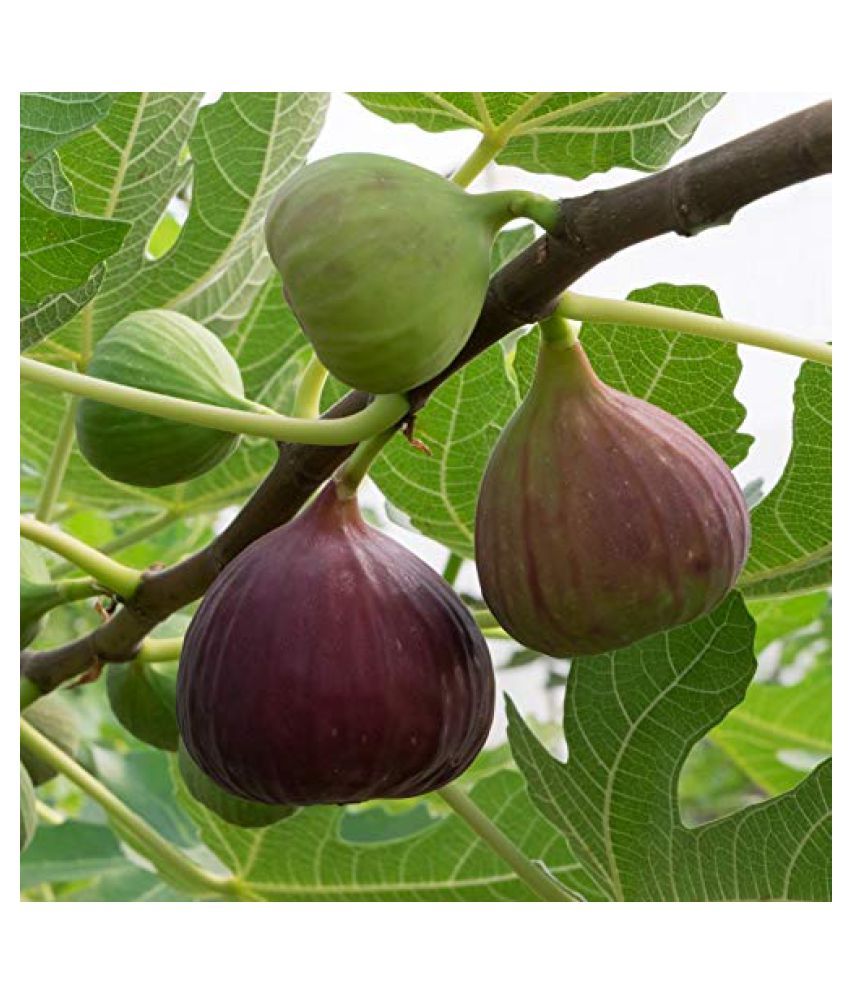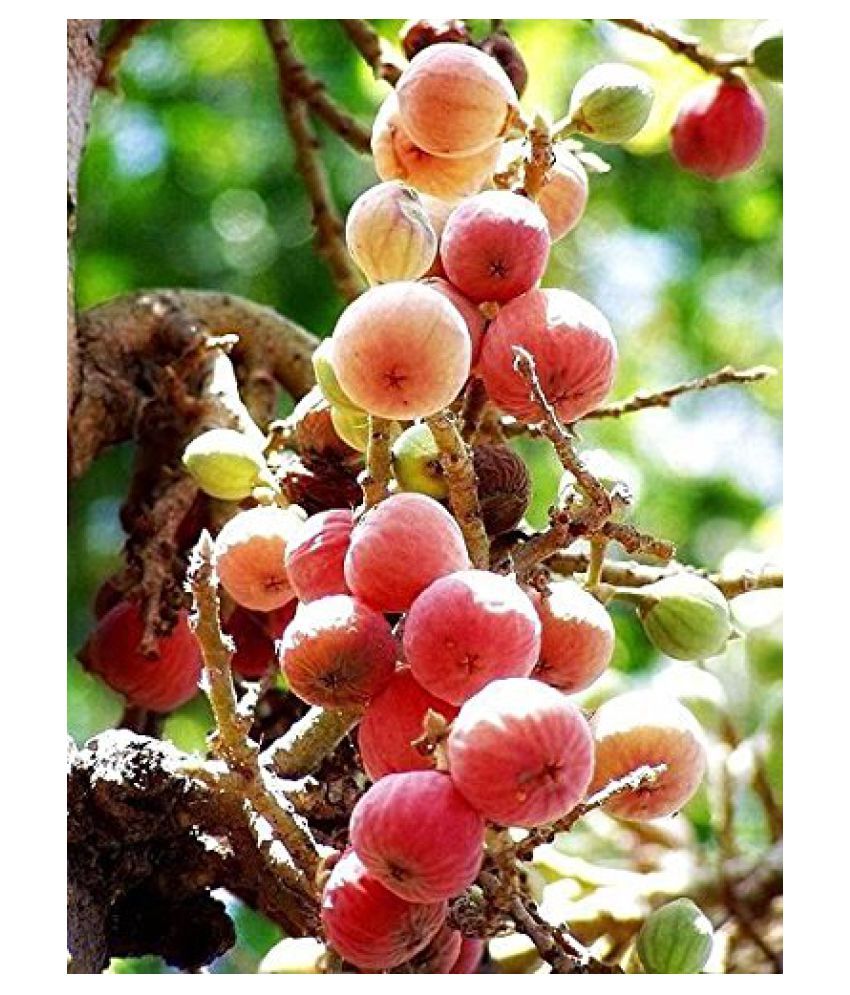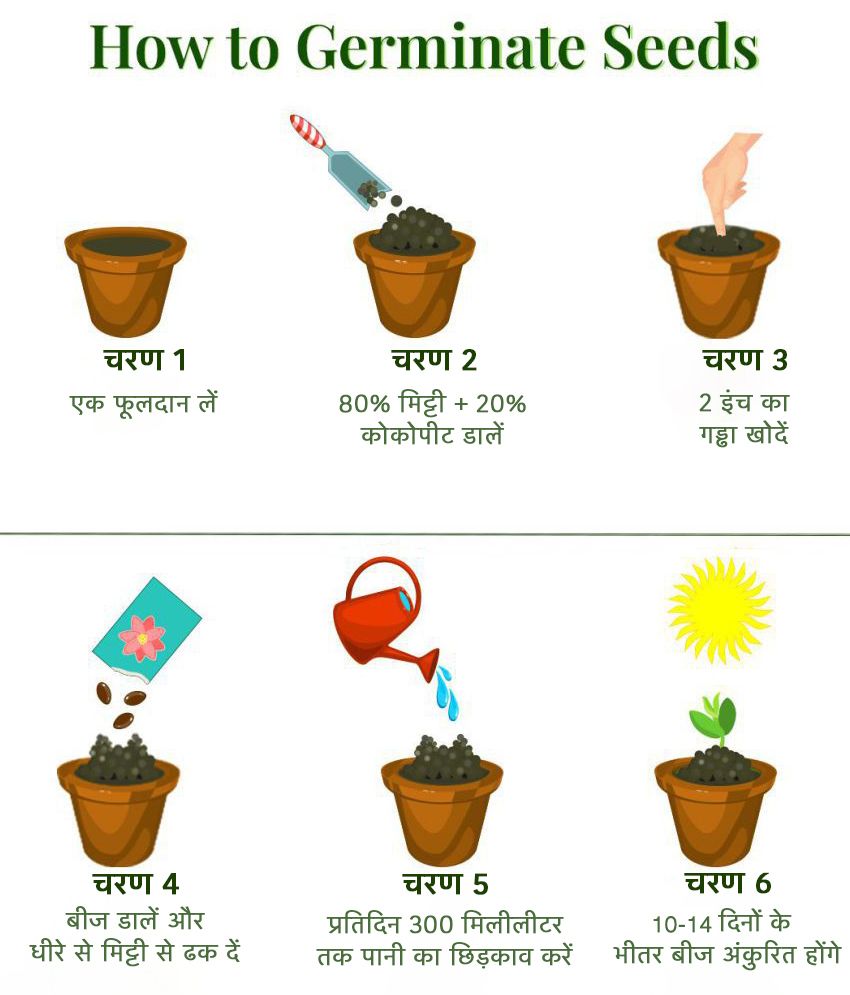If you’d like to try growing an unusual fruit crop that’s delicious and nearly trouble free, consider figs. These trees will grow well unprotected in zones 8 to 10, and also in colder areas if you choose hardier cultivars or give plants proper winter protection.
More than 200 fig cultivars grow in North America with a broad range of fruit shapes and colors. It’s important to select a variety adapted to your climate, such as Brown Turkey, Chicago, or Celeste for colder areas. Look for self-pollinating cultivars, as some figs are pollinated by tiny, specialized flies native to the Mediterranean and won’t set fruit without them. (Reputable U.S. nurseries sell only self-pollinating figs.)
ecause figs are tricky to grow in the ground where temperatures drop below 10 degrees, it makes sense to grow your figs in containers if you live north of zone 7. Use a large container (such as the planters nurseries sell for patio fruit trees), preferably plastic to control the weight.
Use regular potting soil and plant figs at the height they grew at the nursery, top-dressing the container with compost if you have it. Water when the soil is dry an inch below the surface; if you let containers dry out completely, the figs may lose their leaves. (Leaves will regrow, but it stresses the plant and lessens fruit production.)
Set pots in a sunny part of the patio, deck, or yard. You can use foliar sprays or water with liquid seaweed (kelp), compost, or manure tea monthly to give plants a boost.
Figs can be planted outdoors in Zone 8 and warmer. In zones where winter temperatures get colder than 10°F (-12°C) for periods of time, figs are best grown in containers and kept inside for the winter.
Plant fig trees outdoors in the early spring or late fall, when the tree is dormant.
For container fig trees, grow them in a soil-based potting mix and add fine bark chips to improve drainage. Keep the tree in full sun in the summer. Be sure to add a high-nitrogen fertilizer every 4 weeks in the spring and summer and water the tree moderately. In the winter, move the tree indoors and keep the soil moist.
For outdoor fig trees, plant the tree in the spring or early fall in full sun. Fig trees can grow in most types of soil as long as the soil is well-drained and contains plenty of organic material. (Learn more about organic soil amendments.)
Space fig trees at least 20 feet away from any buildings or other trees.
Fig trees put down deep roots if given the chance, so bear that in mind when choosing a planting spot.
To plant container-grown trees in the ground:
Remove the plant from its pot and remove any circling roots by laying the root ball on its side and using shears to cut through the roots.
Dig a hole that is a few inches deeper and wider than the spread of the roots. Set the tree on top of a small mound of soil in the middle of the hole. Be sure to spread the roots away from the trunk without excessively bending them.
Plant the tree 2 to 4 inches deeper than it was originally in the pot (check the color of the trunk to see the original soil line).



